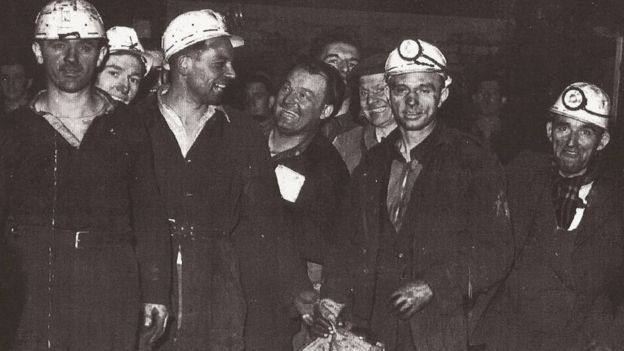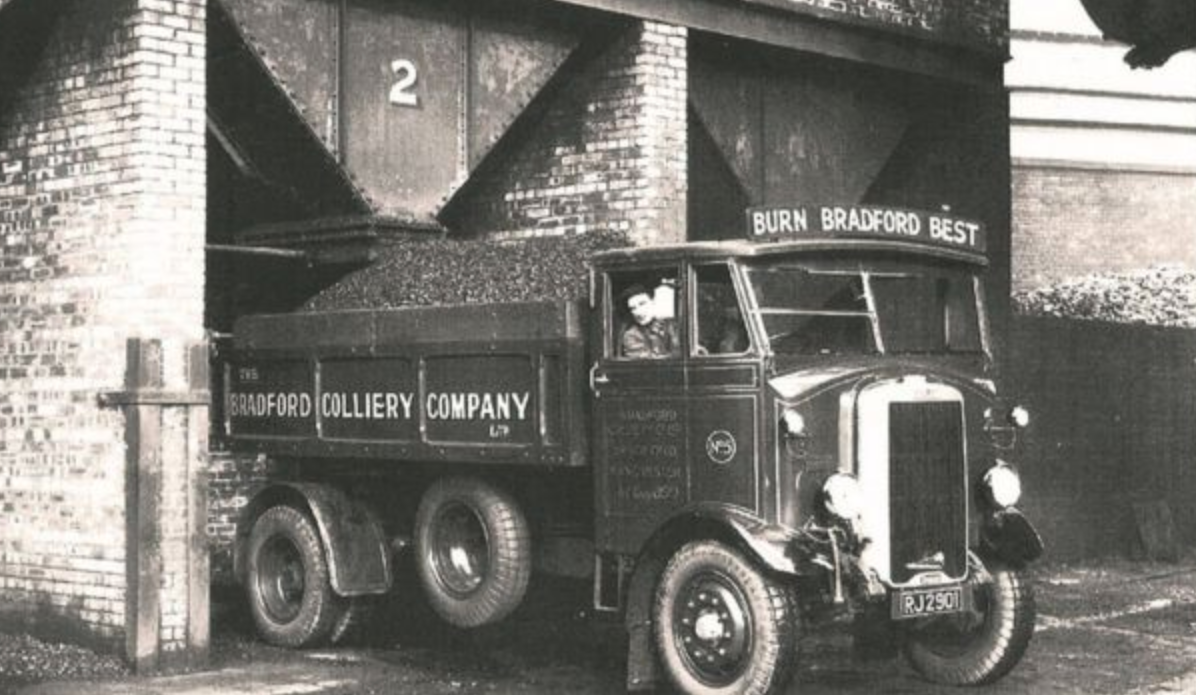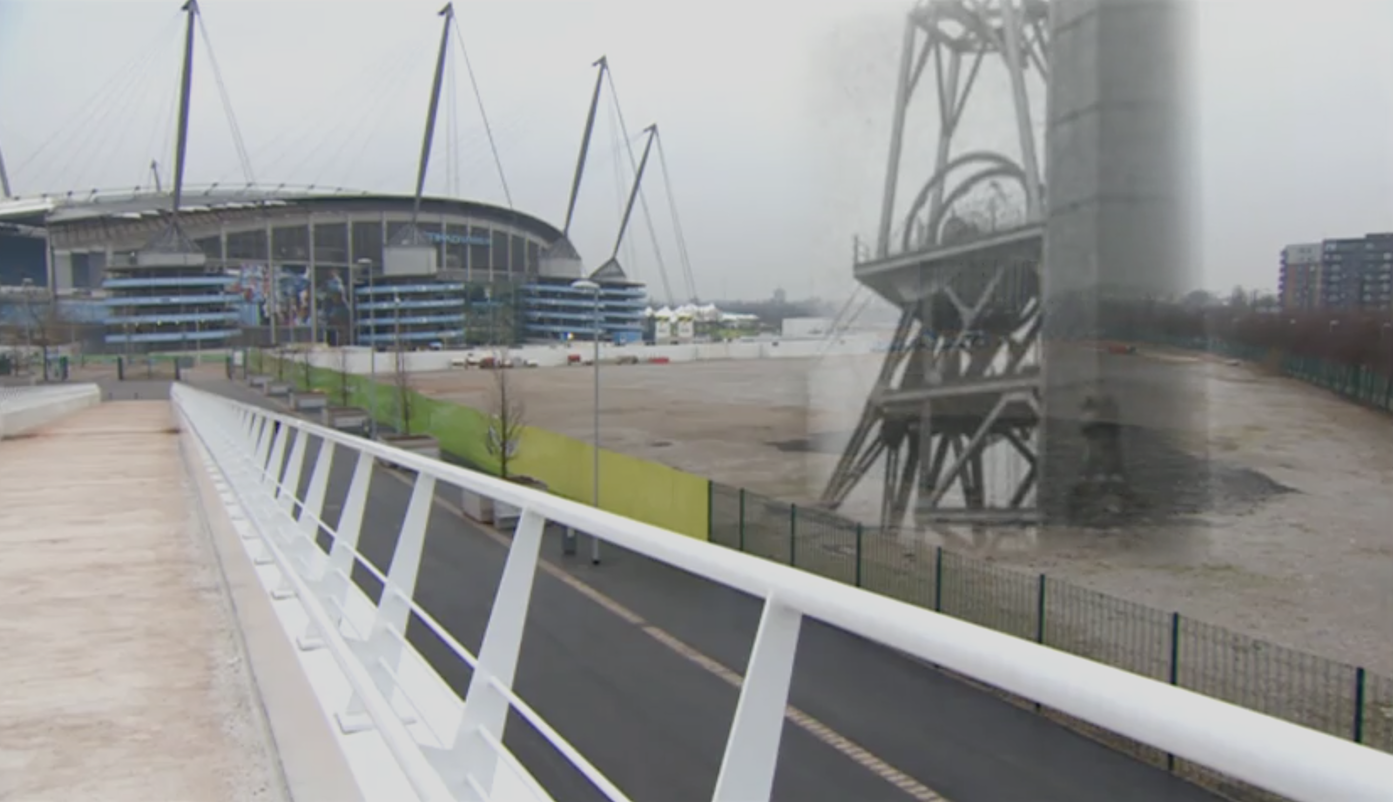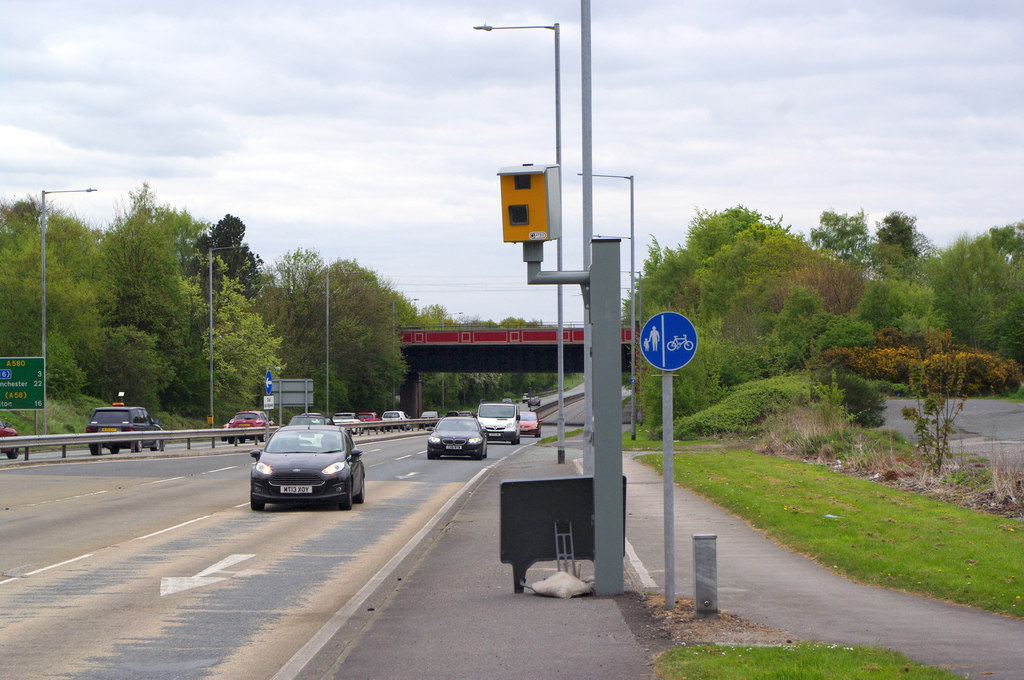News
Permanent memorial to Manchester’s ‘pit in the city’ to be installed near Etihad Stadium
The eight metre high steel-design memorial is so be erected at the site where the former colliery once stood.

A permanent memorial paying tribute to the workers of Bradford Colliery is to be installed near the Etihad Stadium following a seven-year campaign project.
Bradford Colliery – affectionately known as ‘the pit in the city’ – thrived for more than 350 years near Manchester city centre and employed around 1,500 people before it was shut down back in 1968.
The eight metre high steel-design memorial is so be erected at the site where the former colliery once stood.
Near the Etihad Stadium – alongside Sir Howard Bernstein Way on the east side of the Etihad Campus – the memorial will take the form of a lift shaft cage, with glass panels featuring images of miners taking the journey underground, as well a map and other information.
There will also be a stone base with a wording with the words “in remembrance of Bradford Colliery and the mining community.”

Dating back to the early 18th century, Bradford Colliery was a thriving part of the UK coal industry for more than 350 years, providing power and fuel for Manchester and surrounding areas. The seams dug by the miners at the pit have been described as a ‘spider’s web of tunnels’, which stretched for miles underground, and it’s famous coal known as ‘Roger’ was the best grade you could get.
Bradford Colliery’s miners generally lived in neighbouring areas such as Beswick, Clayton and Newton Heath.
The site of the former pit – known as the ‘Eastlands’ area of Manchester – was primarily wasteland after the colliery closed and before the City of Manchester Stadium and its surrounding facilities were built in the late 1990s onward, but former miners have felt the history of the area is being quickly forgotten.
This was the catalyst behind the memorial campaign.

The memorial comes after a seven-year campaign – known as The Bradford Pit Project – which was lead by the granddaughter of one of the former miners.
Lauren Murphy, who has campaigned for a memorial since her grandfather Alan Evans died in 2012 and began researching the pit whilst studying at university, said he would have been “chuffed” and “over the moon” at the news of the memorial’s instalment.
Her grandfather’s stories of his time at the mine had been the “driving force” behind The Bradford Pit Project.
Speaking to the MEN, Lauren, a 3D Design Graduate from Manchester Metropolitan University, said: “It’s been an incredible experience finding out about the pit and reconnecting the community of miners who mostly moved away from the area when the pits closed.”
“It’s clear that there was no closure for these men when the pit closed and what started as an interest in the history of the area has become a network of miners, some of whom have not been in touch for 50 years. That’s probably the most humbling thing – to bring members of a community back together after such a long time.”
“Many people who used to live in east Manchester are amazed at the transformation of their old neighbourhood.”
“Through a lot of engagement events with miners and local people, through the project’s community engagement, it was clear that many people wanted to see a physical memorial so that the history of the pit will be remembered,”
“Hopefully [the memorial will] encourage people to find out more”.

The monument has been designed by long terms supporters of the project – Broadbent Studio.
Lucy Gannon, designer at Broadbent Studio, said: “The physical memorial structure represents a lift shaft cage. It allows the viewer to imagine being lowered into a subterranean world below the streets of Manchester and to recognise the history and legacy of this site.”
“Broadbent Studio has felt privileged to be on this journey with Lauren and the miners group in realising their vision.”
The memorial is to come into fruition pending planning permission that is set to be unveiled later this year.
You can find out more information via The Bradford Pit Project here.













